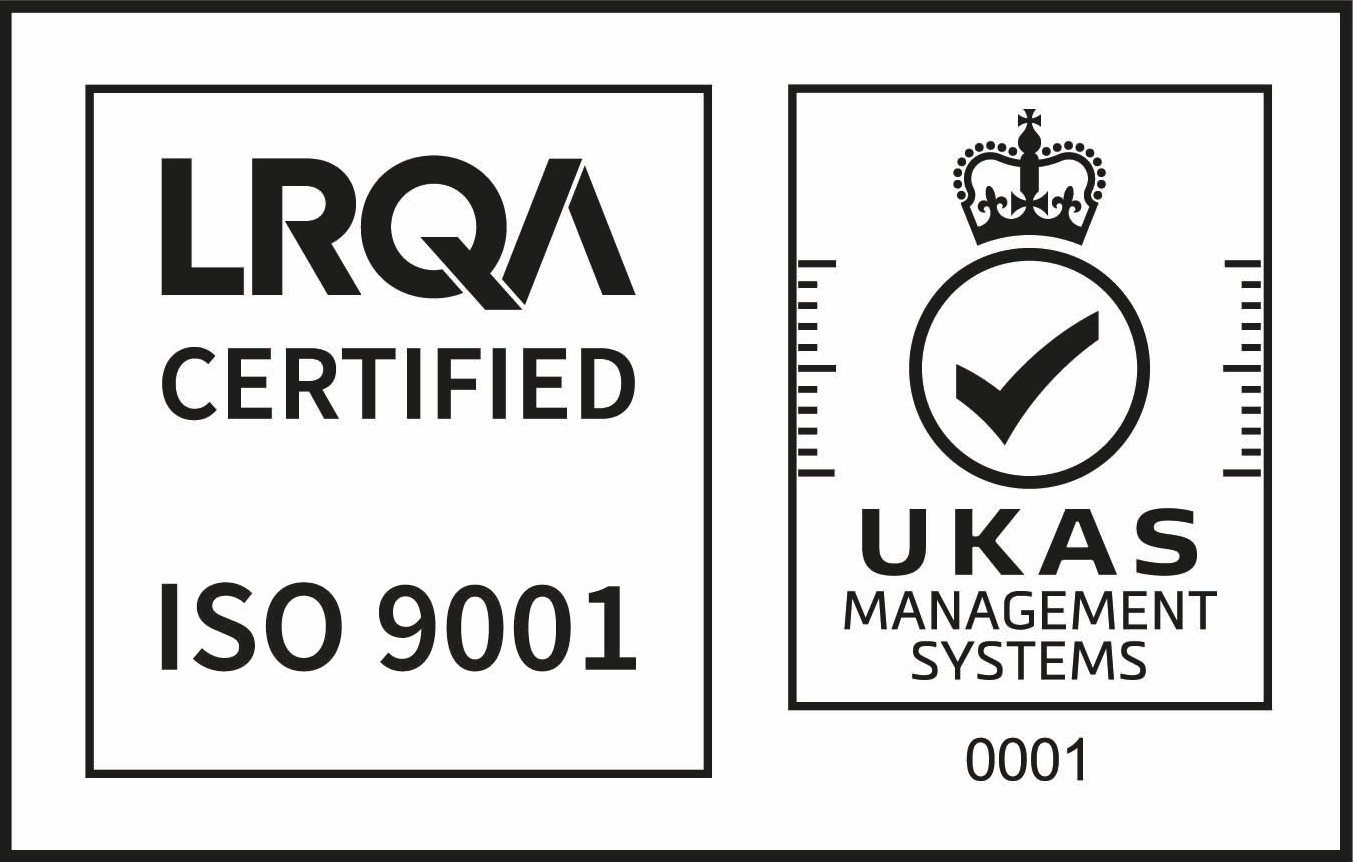Location: Saldanha Bay, South Africa. 120 km from Cape Town.
Email: info@divingschool.co.za
WhatsApp: +27 78 687 7973
Curriculum
- 23 Sections
- 179 Lessons
- Lifetime
Expand all sectionsCollapse all sections
- Diving Physics13
- 1.1Offshore Supervisor Physics and Basic physical units used in diving and conversions
- 1.2Boyle’s Law (calculating air volumes and diver’s gas consumption)
- 1.3Surface Supply Compressors
- 1.4Gas Used in an Emergency
- 1.5Gas Volumes for Pressurization
- 1.6Dalton’s Law (partial pressure of gases at various depths)
- 1.7Henry’s Law (the effect of partial pressures on the solubility of gases in liquids and the corresponding effects on decompression)
- 1.8Oxygen and Henry’s Law
- 1.9Nitrogen and Henrys Law
- 1.10Charles’ Law (the relationship between pressure changes and temperature changes)
- 1.11Archimedes’ Principle (calculating the buoyancy and lift requirements of various objects)
- 1.12Carbon Dioxide and Henry’s Law
- 1.13Carbon Dioxide and Henry’s Law
- Diving Physiology11
- 2.1Directional Terms
- 2.2Cell Function
- 2.3The respiratory, circulatory, basic skeletal and nervous systems of the body
- 2.4The problems of maintaining divers in thermal balance and the symptoms and treatments of hypo- and hyperthermia
- 2.5The effects of gases on the body and their limits under pressure (in particular, oxygen, carbon dioxide, carbon monoxide and nitrogen)
- 2.6The effects of pressure on the body and the principles of decompression and therapeutic procedures including proximity to a chamber and flying after diving
- 2.7The causes and symptoms of decompression sickness and barotrauma
- 2.8Pulmonary Barotrauma of Ascent
- 2.9Injuries
- 2.10The contents, requirements, and maintenance of various types of diving medical kits
- 2.11Awareness of the requirements of divers’ current physical and mental health to undertake diving operations
- Leadership and Control13
- 3.1Leadership and Control
- 3.2Communication and Leadership
- 3.3Speaking Hints
- 3.4Safety Culture and Leadership
- 3.5Safety Culture Leadership – Quiz10 Minutes12 Questions
- 3.6The compilation and use of diving equipment checklists
- 3.7Reporting of accidents occurring in the water or on deck
- 3.8leadership and communication, including the role of a leader, communication, and possible conflicts
- 3.9planning and organising work, including risk assessment, assigning work tasks and team building
- 3.10leadership in emergency and stress situations, including symptom recognition, preventative measures, courses of action and transfer of experience.
- 3.11Diving Supervisors Responsibilities
- 3.12Supervisors Manual and Risk Assessment
- 3.13Saipem DROPS – Choice Not Chance
- Diving Supervisor's Qualities1
- Working methods of, and safe procedures for, commonly used tools and equipment10
- 5.1Chain Lever Hoists in Offshore Subsea Environments
- 5.2Immersion Policy and Cleaning of Equipment
- 5.3Use of High-Pressure Jetting Equipment
- 5.4HP Jetting Guns
- 5.5Protection of Personnel
- 5.6Lift Bags
- 5.7Inverter Lines and Hold-Back Rigging
- 5.8Operational Guidance
- 5.9IMCA Safety Flash DMA
- 5.10IMCA Safety Flash Dive Injury
- Personnel Requirements, Management, and Planning12
- 6.1Size of Team
- 6.2Working Periods
- 6.3Qualifications and Competence
- 6.4Diver and Deck Crew Competence
- 6.5Responsibilities of Members of the Dive Team
- 6.6Responsibilities of the Client and Manager
- 6.7Responsibilities of the Diving Superintendent
- 6.8The Diving Supervisor
- 6.9Duties of the Diving Supervisor and In-Water Monitoring
- 6.10Diver’s Duties
- 6.11Diver and DP Vessel Communication
- 6.12Communications within the Dive Team
- Documentation and MOC5
- Communication4
- Environmental Conditions7
- Safety, Emergency, and Contingency Planning26
- 10.1Project Management Safety Systems (SMS) Interface Documents
- 10.2Risk Assessment
- 10.3Hazard Rating
- 10.4Approaches to Safety
- 10.5Housekeeping and Management of Change
- 10.6Emergency Drills
- 10.7Managing an Emergency
- 10.8Diving in Contaminated Waters
- 10.9Ingestion, Aspiration, and Ionising Radiation
- 10.10Types of Contamination
- 10.11Diving in Drill Mud
- 10.12Pipelines and Wellheads
- 10.13Pipeline Testing
- 10.14IMCA Safety Flash: Fatality: Stored Pressure Release
- 10.15Overboard Scaffolding and Tubular Operations
- 10.16Diver and ROV-Based Concrete Mattress Handling
- 10.17Good Industry Practice
- 10.18Installation Frame
- 10.19Communications for Over-Boarding and Deployment
- 10.20Lifting and Over-the-Side Work
- 10.21Limitations of SCUBA
- 10.22Safe Use of Electricity
- 10.23Diver’s Body Resistance Values
- 10.24ROV Intervention during Diving Ops
- 10.25ROV Team Requirements and Responsibilities
- 10.26IMCA Safety Flash 12/20
- Construction and Maintenance of Valves and Fittings5
- Chambers8
- Gas Handling11
- General Diving Procedures8
- Surface-Supplied Air Diving4
- Nitrox6
- Diving Vessels3
- Dynamic Positioning (DP)11
- 18.1DP Vessels
- 18.2DP Alerts
- 18.3DP Propulsion and Control Systems
- 18.4Laser Radar Systems
- 18.5Sensors and Vessel Movements
- 18.6Diving within Anchor Patterns
- 18.7Safe Length of Umbilical
- 18.8Extended Umbilicals
- 18.9Active In-Water Tending and Calculations
- 18.10Passive (Unmanned) In-Water Tending
- 18.11Minimum Operating Clearance and IMCA Publication
- Mobile Portable Systems3
- IMCA Resilience Awareness Programme6
- Preparation and Resources16
- 21.1Requirements
- 21.2Terminal Objectives
- 21.3Terminology, Responsibilities, and Career Structure
- 21.4Offshore Experience at Trainee Level
- 21.5TADS Planner
- 21.6IMCA Documents and Examination Procedure
- 21.7Diving Supervisor CPD requirements
- 21.8Guidance for Diving Supervisors
- 21.9Recommended Study Material
- 21.10Glossary of Terms
- 21.11Flow Diagrams3 Days
- 21.12Weather Terminology and Classifications
- 21.13Vessel Hazard Drawings
- 21.14Competence Assurance3 Days
- 21.15Diving Physiology Case Study3 Days
- 21.16IMCA ADS Sample Exam Questions
- Offshore: IMCA D018, DO23, and D0623
- TADS Practice Tests8
- 23.1Practice Test: Chapters 1-542 Questions
- 23.2Practice Test: Chapters 6-738 Questions
- 23.3Practice Test: Physiology67 Questions
- 23.4Practice Test: Physics38 Questions
- 23.5DP Practice Exam13 Questions
- 23.6Practice Test: Physiology TADS73 Questions
- 23.7Practice Test: IMCA D01820 Questions
- 23.8Practice Test: IMCA D629 Questions

Contact Details
Copyright 2024. The Academy of Diving and Offshore Medicine.

